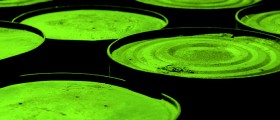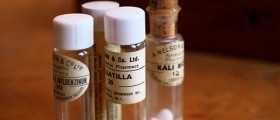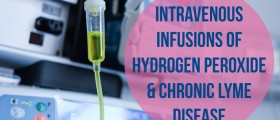
Chelation history
Chelation is familiar to the general public as far back as the World War I. Back then, the process, which is based on the use of chelating agents, had been employed as an antidote for the people who were the victims of the poisonous gas. In this regard, the most frequently employed agent was Dimercaprol, also known under the nickname of British Anti-Lewisite. The reason behind and the basis for such a name was that the agent in question was extremely effective when it came to the binding together arsenic-laced poison gas – Lewisite. What this allowed and initiated was the expulsion of the poison from the person’s body through kidneys and by way of urine. The Second World War saw something quite different, namely the poisoning of predominantly navy personnel due to exposure during the painting activities of the ships’ hulls. As a “remedy” for the poisoning in question, a new chelating agent was introduced into practice, i.e. the ethylenediaminetetraacetic acid. The primary reason for this was its effectiveness in cleansing the bodies of the navy personnel in question from the lead buildups. Another advantage of the “remedy” in question was that it did not induce any of more severe and highly undesired effects that the British Anti-Lewisite tended to bring about in people.
Functioning principle
When it comes to chelation, one of the most important things to know is that it works by way of exterminating such heavy particles like lead, mercury and iron, thus freeing the person’s body by employing the properties of the substances that are known to have the ability to attract highly toxic metals mentioned above. This way they are enabled to go through and eventually out of the person’s body for good. Chelation became an official anti-toxic and anti-metal poisoning treatment method by the 1960’s. Such metals as mercury, lead, arsenic, as well as metal ions are exterminated by way of chelating agents through the bloodstream. This way, they are to leave the person’s body in a manner least obtrusive and least harmful.
Types
There exist two distinct varieties of chelation, namely intravenous and oral chelation. The former is administered by way a needle and intra-vascularly by a certified doctor, whereas the latter is based on consumption of chelating agents in order for them to be transported to the digestive and circulatory systems straight away and in a direct manner. This type of chelation is confirmed to lower and bring under control the elevated cholesterol levels, by way of boosting calcium and cholesterol metabolism when used in combination with royal jelly, vitamin B12 and vitamin C.
- www.cdc.gov/co/faqs.htm
- www.cdc.gov/habs/illness-symptoms-marine.html
- Photo courtesy of Andrew Stawarz by Flickr: www.flickr.com/photos/34613366@N00/226464552

















Your thoughts on this
Loading...